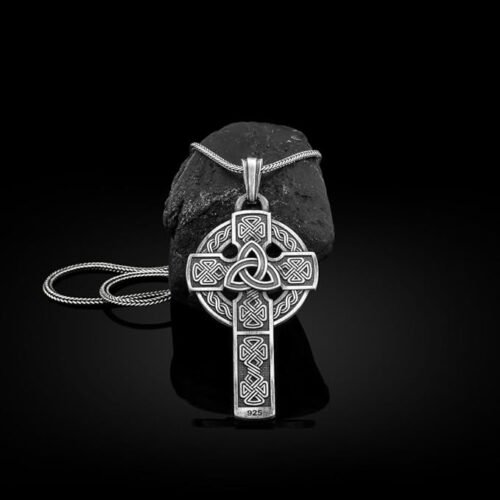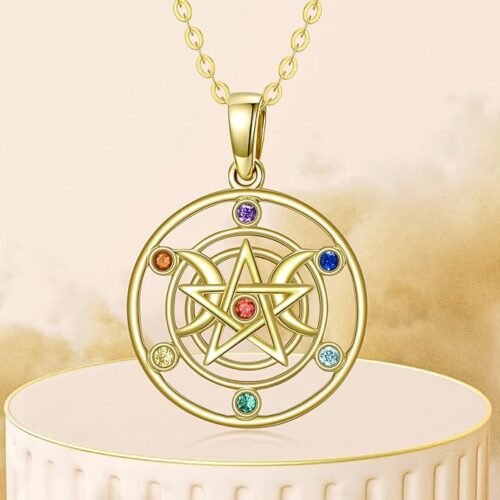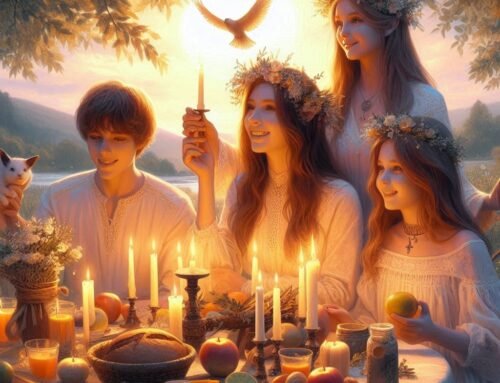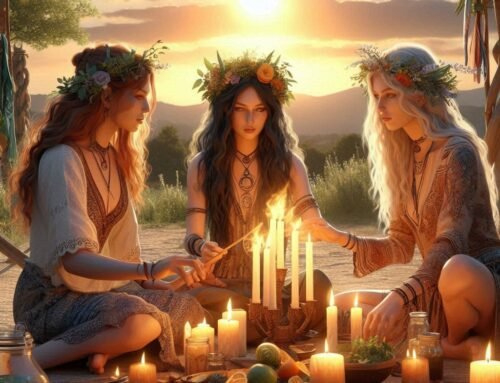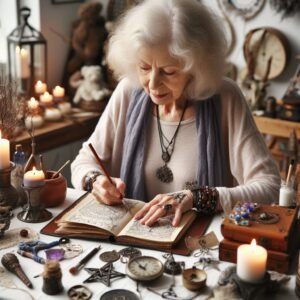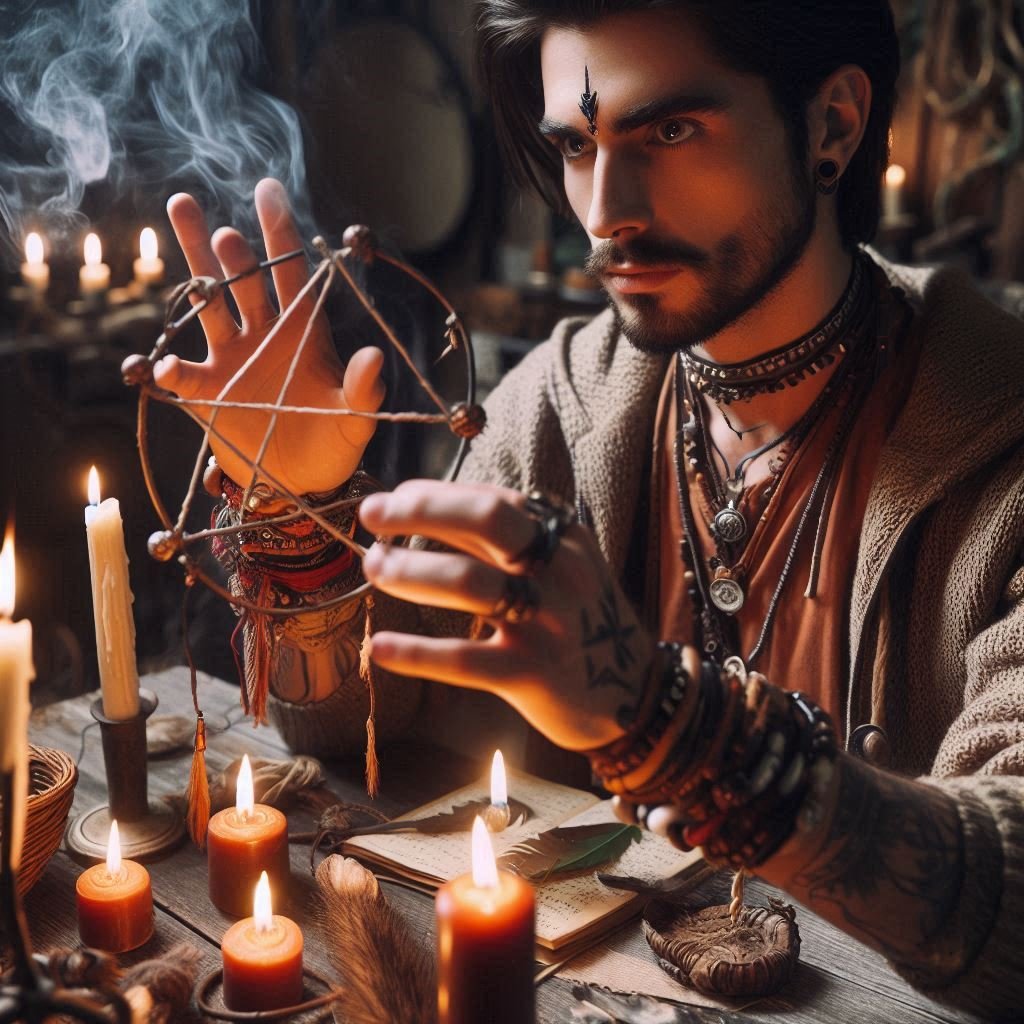
Wiccan High Priest
Practices of Wicca: Rituals and Customs
Wiccan rituals are not mere formalities; they are immersive experiences designed to evoke profound religious encounters and shift consciousness. Margot Adler, a prominent Wiccan high priestess and journalist, emphasized the transformative nature of these rituals, highlighting their ability to instil a sense of wonder and interconnectedness among participants. Despite varying beliefs about the supernatural, many Wiccans are drawn to the rich tapestry of myth, symbolism, and sensory engagement woven into Wiccan rituals.
Aidan Kelly, a practitioner and historian, underscored the primacy of practices over beliefs within Wicca, describing it as a religion centred on ritual rather than theology. Similarly, Susan Adler noted the allowance for scepticism within Wicca, where practitioners are free to question even the core tenets of their faith.
Wiccan rituals serve as a counter-cultural space, offering respite from the norms of mainstream society. Susan Greenwood observed them as healing sanctuaries where women, in particular, can redefine and empower themselves outside the constraints of societal expectations.
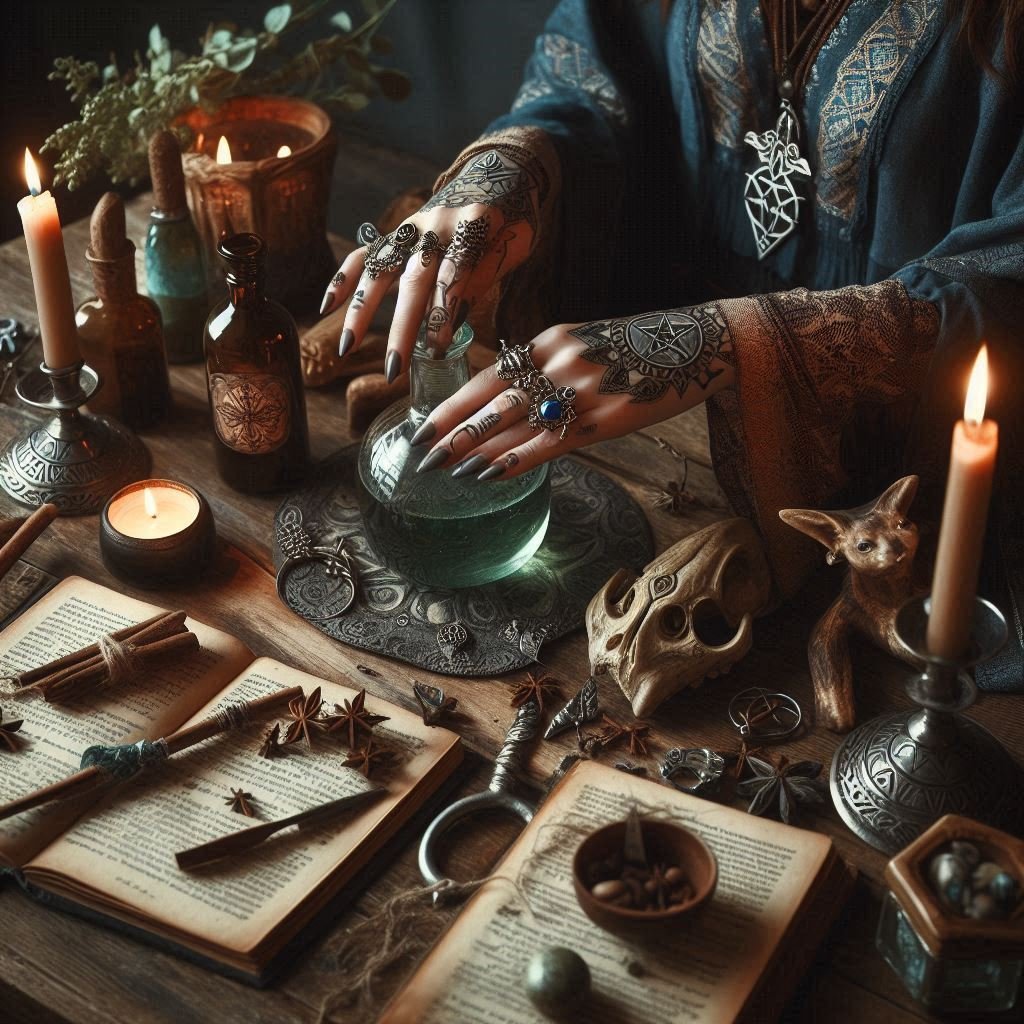
Wiccan Practices
Ritual Practices
Wiccan rituals often coincide with Sabbats, deity worship, and magical workings, frequently conducted during full or new moons known as Esbats. These rituals typically occur within a consecrated circle, where participants invoke elemental guardians and deities, perform seasonal rites, offer prayers, and engage in spellcasting to manifest intentions.
Drawing from older ceremonial magic traditions, such as those of Aleister Crowley, Gerald Gardner crafted a ritual structure that includes purification, circle casting, elemental invocations, energy-raising, deity invocation, spellcasting, and communal activities like chanting and dancing. Ritual tools like athames, wands, pentacles, and chalices are commonly used, alongside symbols of the God and Goddess displayed on an altar.
The practice of working skyclad, or nude, although not as prevalent today, is rooted in Gardnerian tradition and symbolizes the removal of social barriers and the free flow of energy. Notably, some Wiccans incorporate elements of BDSM subculture into their rituals as a means of resistance against societal norms.
Sex Magic
In certain traditions, ritualized sex magic, known as the Great Rite, is performed symbolically using tools like the athame and chalice to represent the union of the God and Goddess. While Gerald Gardner championed sex magic as a liberating force, contemporary Wiccans have often downplayed its role in public perception to avoid sensationalism and misconceptions.
Seasonal Celebrations
Wiccans observe Sabbats, collectively known as the Wheel of the Year, which mark seasonal changes and agricultural cycles. These festivals, including the cross-quarter days and solstices, honour nature’s rhythms and divine energies. While some Sabbats derive their names from Celtic and Germanic traditions, their rituals reflect a universalist approach, incorporating diverse cultural influences.
Wiccan practices are deeply rooted in symbolism, tradition, and personal expression, offering practitioners a multifaceted spiritual path enriched by ritual engagement and reverence for the natural world.





